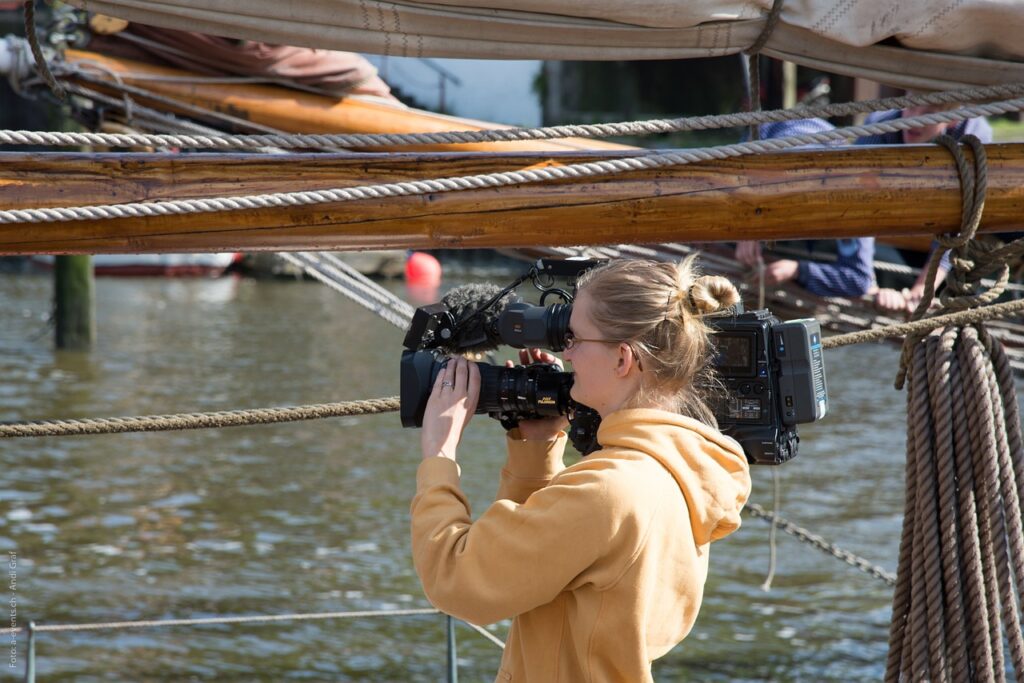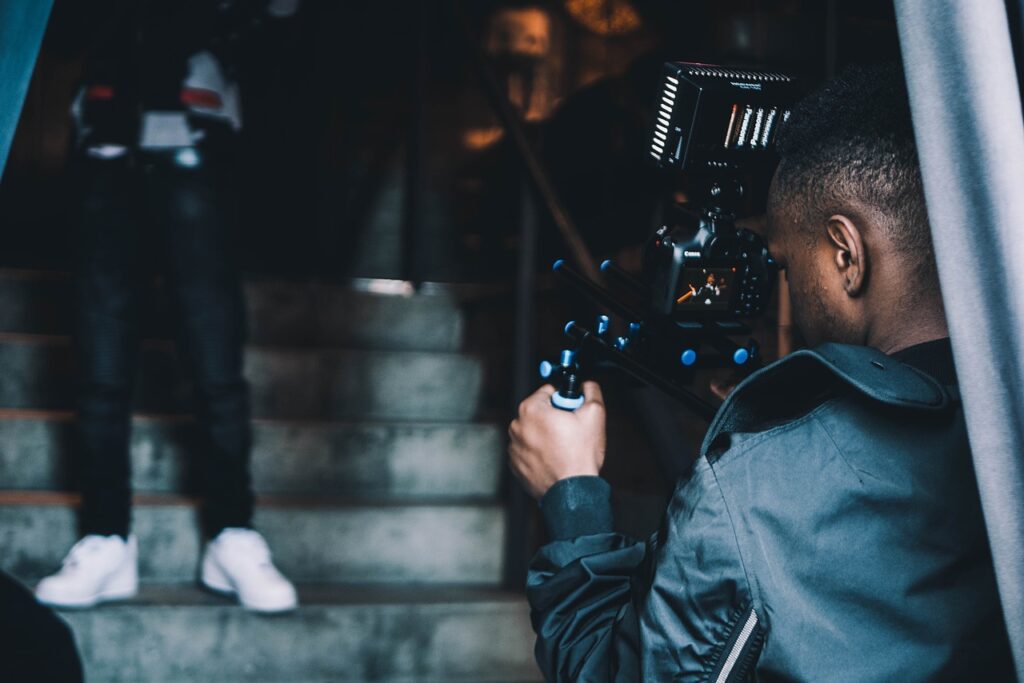 “What can I do for you?”
“What can I do for you?”
The above question is the first thing I ask my director. You, the director, answering it ensures that you’ll get the most out of me – your cinematographer or DP (director of photography).
Before you meet with your cinematographer, you should have a good grasp of what the film is about and the story you want to tell. What do you want your documentary to look like? Start with visual references (documentaries, narrative films, still photos, paintings, etc.) ready to show and discuss. After reading the script or treatment, it’s the first thing a cinematographer will want to talk about.
As a visual artist, my job is to translate words and concepts into images. Cinematographers bring loads of ideas to the table. Once I know what a film is about, I shift into visual hyper-drive.
In the meetings — there will be more than one — you’ll want to discuss the tone of the movie: Should it be pretty or gritty? Formally composed or “fly-on-the-wall?” Some handheld work perhaps? Why? Will the subject matter benefit from cool, somber tones, or warm, inviting colors?
Once you’ve discussed tone, your documentary film is well on its way to visual coherence. Some directors just like to chat and pull up images to discuss. Others spend a considerable amount of time preparing a lookbook. Either is okay. It’s whatever works for you.
The style of your film is comprised of more technical questions – the different modes of documentary (See Bill Nichols “6 Modes of Documentary”) beg for different approaches.
Some questions to answer for yourself and communicate to the DP:
- What lenses will best depict the characters?
- Is the style up close and personal or are we taking a long view?
- Will the interviews take place in a home, a workplace, or some neutral ground?
- Are you thinking formal compositions, or something more edgy?
- If there are re-creations, will they be stylized or realistic?
- Finally, and not least important, you’ll want to discuss visual metaphors and transitions that serve to link the sequences.
But what about “shooting from the hip,” some will ask? Let me share an experience I had in the field.
A while back, I was starting a documentary television series that, in addition to archival footage, involved interviews, re-creations, and establishing shots. In pre-production, we spent some time discussing the re-creations, but the director and producer weren’t ready to discuss overall tone. I knew it would come back to haunt us.
On day one, our first interviewee waited patiently while we went back and forth about the location, then the background, then the lighting. It was decided the lighting should be soft with strong contrast. It became the interview tone for the show. We met later to clarify things going forward and avoid further embarrassment of the interviewees watching a confused approach. There were new challenges for sure, but the solutions were more intuitive for me because the tone and style were set.
The DP is the director’s confidante, the “ace-in-the-hole,” the side-kick to the superhero. But most importantly, he/she is the director’s collaborator, who wants to help make the best documentary film possible. To do that, communication is key.
Ready to learn more about documentary filmmaking? Check out the New York Film Academy’s Documentary School.

Written by Carl Bartels. Bartels is a director and cinematographer whose credits include “Taken,” “The Fantastic Four,” and “Greedy Lying Bastards.”
